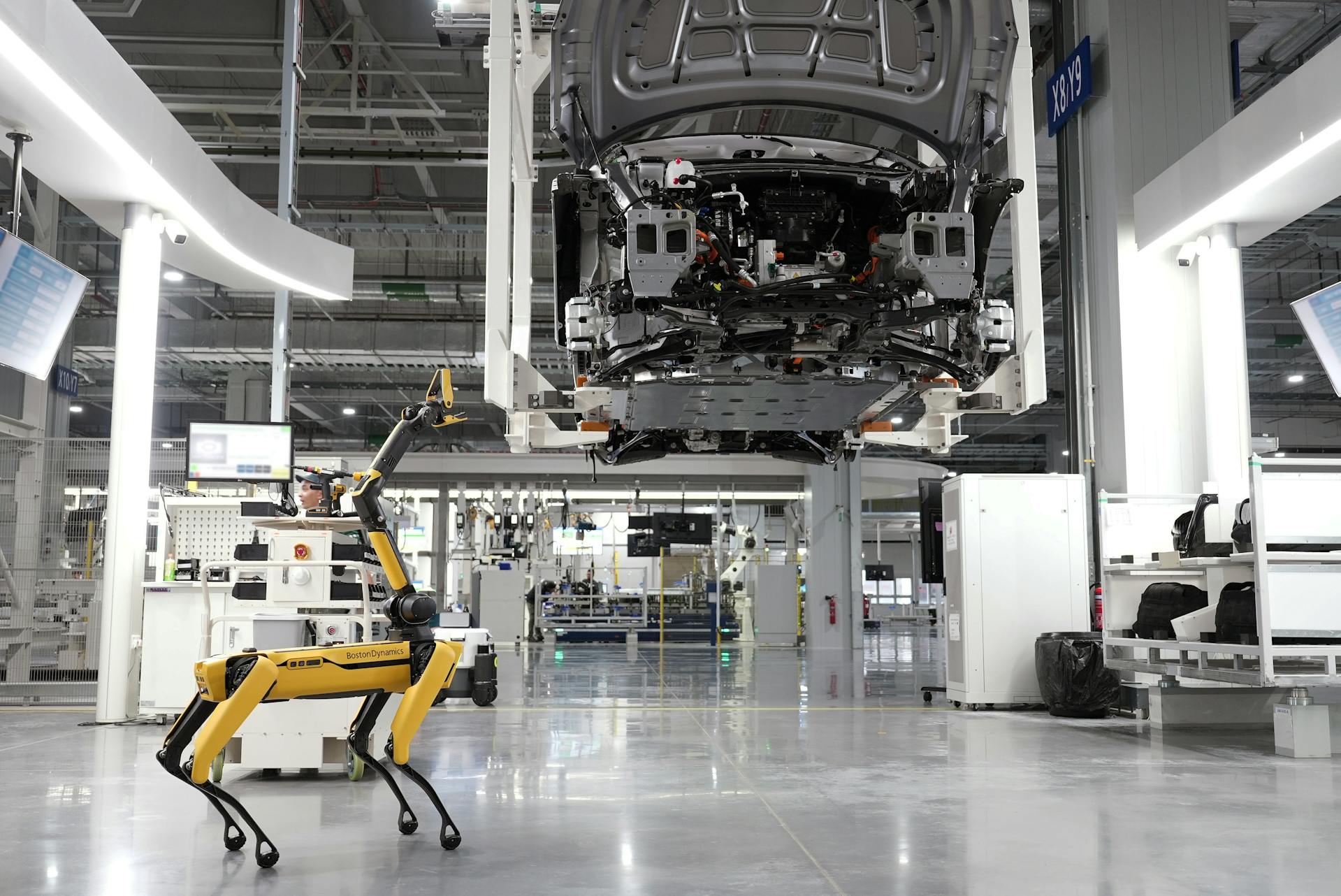Elon Musk, the visionary entrepreneur behind electric automobiles, space exploration, and renewable energy, is expanding his expertise in technology with the creation of his supercomputer called ‘Colossus.’ Undeniably, this innovative system will revolutionize the scope of artificial intelligence (AI) and high-performance computing due to the scale of its size and capabilities. Read on to learn more about the supercomputer and its abilities.
The Rise of Colossus
Launched in September 2024, Colossus has projected to be the most powerful supercomputer in the entire world, possessing an astonishing 100,000 Graphics Processing Units (GPUs). This tremendous advancement in computing capability results in a revolutionary enhancement of the field of AI study and development. The project, set through Musk’s latest venture, is to meet the increasing need for high-powered computational services in AI and machine learning.
The very term ‘Colossus’ itself alludes to both the estimate as well as the ambition of the project. In fact, the connotation of the word ‘colossus,’ which since ancient Greek signifies something of colossal size and importance, fits perfectly with the goal of the supercomputer in the context of AI advancement. Colossus is designed not only to facilitate current AI potential but also to help achieve groundbreaking developments in parts that have been computationally infeasible before.
Technological Innovation
At the core of Colossus is its magnitude revolutionary concept that overturns the current paradigm of personal computing. This supercomputer of 100,000 GPUs ushers in a new age of computing as compared to the existing conventional systems. GPUs, initially designed to provide graphics in computer games, have become key elements in the parallel processing of machine learning and artificial computations. By utilizing the help of such a large number of GPUs, Colossus seeks to achieve and surpass the processing power and performance capabilities by several orders of magnitude higher than what is possible at the moment.
The architecture of Colossus has been developed in a way that would maximize the effectiveness of these GPUs. All the units are linked through high speed communication links, ensuring total interconnectivity for the rapid flow of data and information. This layout allows for a relatively high level of parallel processing, which is crucial for managing the complex computational processes and large datasets used in modern AI systems.
Furthermore, due to 100,000 GPUs present in the colossus, there is a high heat generation, and thus it will adopt improved cooling systems. Proper cooling is crucial in this case because of the enormous size of the supercomputer and the need to ensure its efficiency and durability.
Implications for AI and Machine Learning
Some of the areas that can benefit from Colossus in AI and machine learning are numerous and incredible. One of the most primary areas in which new breakthroughs will be discovered is deep learning since neural networks, which have been a mainstay of the current AI algorithms, necessitate significant computational power for training.
That is why, with Colossus, researchers and developers can train larger and more complex models in shorter periods of time, which should lead to faster advancements in AI capabilities.
Furthermore, Colossus has the potential to change fields like computer vision, in which artificial neural networks interpret and analyze visual information. The supercomputer can process data with higher accuracy and responsiveness, making it capable of handling high-resolution images in applications that include self-driving cars, medical imaging, surveillance systems, and others.
Apart from these specific uses, Colossus could well spur advances in the basic fields of AI, including reinforcement learning, in which AI systems improve their performance due to continuous interaction with their environment. The supercomputer’s abilities will enable researchers to depict the complicated model environments and situations and help them identify the prospective AI solutions to solve real world problems more effectively.
The Future of Supercomputing
Colossus is regarded as a major advancement in the annals of supercomputers. Its size and capacity further highlight the presumed need for high-level computational resources in directing the process of technological advancement. With AI incorporating more aspects of our lives, the need for improved and efficient computing systems will remain.
Elon Musk’s proactiveness with the creation of Colossus symbolizes his desire to continue exploring new technological heights. Not only is Musk stimulating the AI field by creating and investing in such an amazing supercomputer, but he is also pushing the possibilities of what is achievable in the area of supercomputer technology.
Image Source: pexels.com









